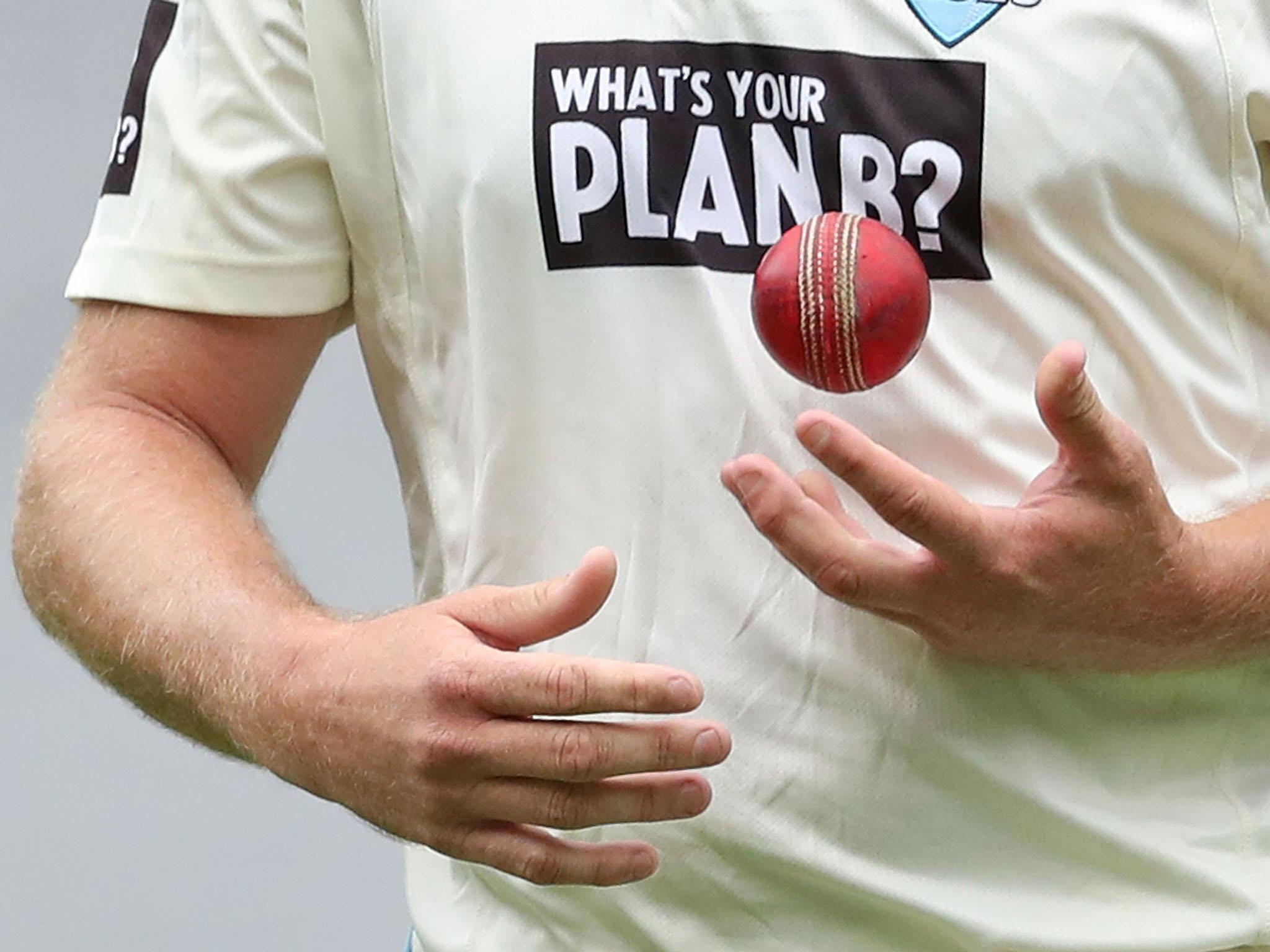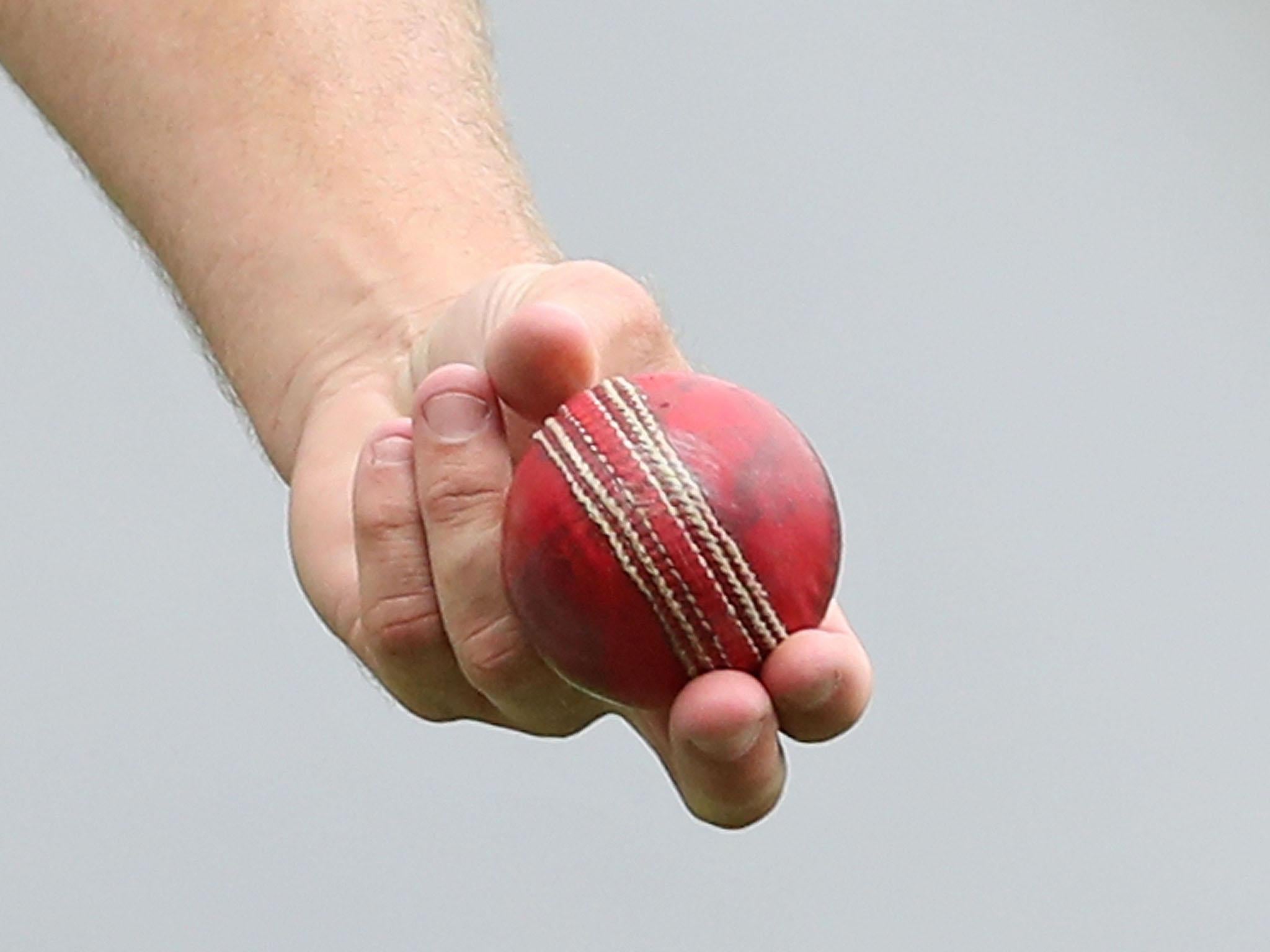How Australian cricket has broken with history through a fear of losing the Ashes
Australia’s bowlers are about to get their hands on England’s not-so-secret weapon

Your support helps us to tell the story
From reproductive rights to climate change to Big Tech, The Independent is on the ground when the story is developing. Whether it's investigating the financials of Elon Musk's pro-Trump PAC or producing our latest documentary, 'The A Word', which shines a light on the American women fighting for reproductive rights, we know how important it is to parse out the facts from the messaging.
At such a critical moment in US history, we need reporters on the ground. Your donation allows us to keep sending journalists to speak to both sides of the story.
The Independent is trusted by Americans across the entire political spectrum. And unlike many other quality news outlets, we choose not to lock Americans out of our reporting and analysis with paywalls. We believe quality journalism should be available to everyone, paid for by those who can afford it.
Your support makes all the difference.It’s 7am in Melbourne and Dilip Jajodia is sat bolt upright in his hotel bed discussing a breakthrough that he never thought would come.
In just three hours’ time he will head to the MCG to witness the first use of a Dukes cricket ball in Australia’s Sheffield Shield competition.
“It has taken me 25 years to get to this point,” he tells The Independent. “It feels just a little bit like Christmas morning, I suppose.”
England’s mastery of the Dukes ball has been one of the major reasons for a remarkable transformation in Ashes fortunes since they wrestled them back from Australian hands so memorably in 2005.
But with the Dukes slated to be used for the second half of the next three Shield seasons, there are plenty who aren’t hanging out the bunting at the prospect of Australia’s bowlers getting their hands on England’s not-so-secret weapon on a more regular basis.
Kookaburra, who have had exclusive rights to Test match balls in Australia, New Zealand and South Africa since 1946, aren’t doing cartwheels either at the prospect of this quintessentially English firm gaining a foothold on their home patch.
Jajodia, though, is in no mood to placate those who criticise – he’s far too busy attempting to establish the Dukes as the ball of choice, from both a sporting and financial perspective, in the Southern Hemisphere.
“The balls being used in England and Australia are fundamentally the same in their construction but the surface finish is very important because it should be different for different conditions,” he says.
“I’ve spent a lot of time and effort creating polishes and finishes. That’s why we developed a traditional ball for England and then I developed a ball for the West Indies with a harder finish.
“Now I’ve developed one which is a bit of hybrid of both for Australia because I believe that’s the right thing to do.
“It’s not the same ball. Cricket Australia wanted the same ball but I had to point out that it wouldn’t work. Our traditional ball might work in certain places like Tasmania but in general terms, as a consistent product it wouldn’t because of the conditions over here.
“I’m not stabbing England in the back here, I’m doing my job. Conversely England could start testing Kookaburra’s in England - if they wanted to they would be free to do so. It’s a free market and if your product doesn’t stand up then you’re going to be blown out of the water. Simple.”
Kookaburra remains the most widely-used ball in cricket’s shorter formats and, with a new ball used from both ends in the 50 over game, is now routinely disappearing over fences, stands and nearby housing estates as par scores continue to rise inexorably.
Any bowler who now goes for 50 off 10 overs is an exceptionally valuable commodity. In the not too distant past, bowlers and captains would have been aiming for that figure to be nearer to 30.
“I think it would be good for all cricket if people decided at the top level to play with a ball that doesn’t make the bowler obsolete, which is what we’re seeing in one-day cricket at the moment,” he says.
“Bowlers have to be given something. I’m on a mission to tackle that as well. One ball from each end is, in my view, a nonsense. I think the ICC are beginning to think about going back to one ball (throughout the innings). No-one has asked me if I can produce a white ball that stays white for 50 overs - I can.
“The way it’s constructed means it will stand up to whatever it comes up against and won’t go soft either.”
It’s with the 2019 Ashes in mind, though, that Australia have decided to embrace an English company that has been producing cricket balls since 1760. Indian-born Jajodia acquired the firm from Gray Nicolls in 1987 and has been attempting to crack the Aussie market ever since.

Now, thanks in part to England’s Ashes dominance on home soil, he is making significant headway. Other countries are taking note too, with Jajodia heading straight to New Zealand from Australia at the tail-end of a historic week for the company.
“It’s probably one of the oldest brands in the world,” he says. “An opportunity came along for me to buy the company and I’ve gradually built it up, trying to do the best we can for each sector of the market.
“We don’t want to be the biggest ball company in the world, we just want to try be the best. We don’t have mad ambitions, we’ve just got to try and keep producing a consistent product.
“Cricket Australia told me that the first ball we produced for them was far too good. They told me to go away and try and make it a bit more destructible. It was bullet proof with the surface finishes we had put on it so we had to adapt it.”
England have been similarly durable in home conditions against the Aussies in recent years. They’ll hope that swing in fortunes isn’t reversed in three summers’ time.
Join our commenting forum
Join thought-provoking conversations, follow other Independent readers and see their replies
Comments